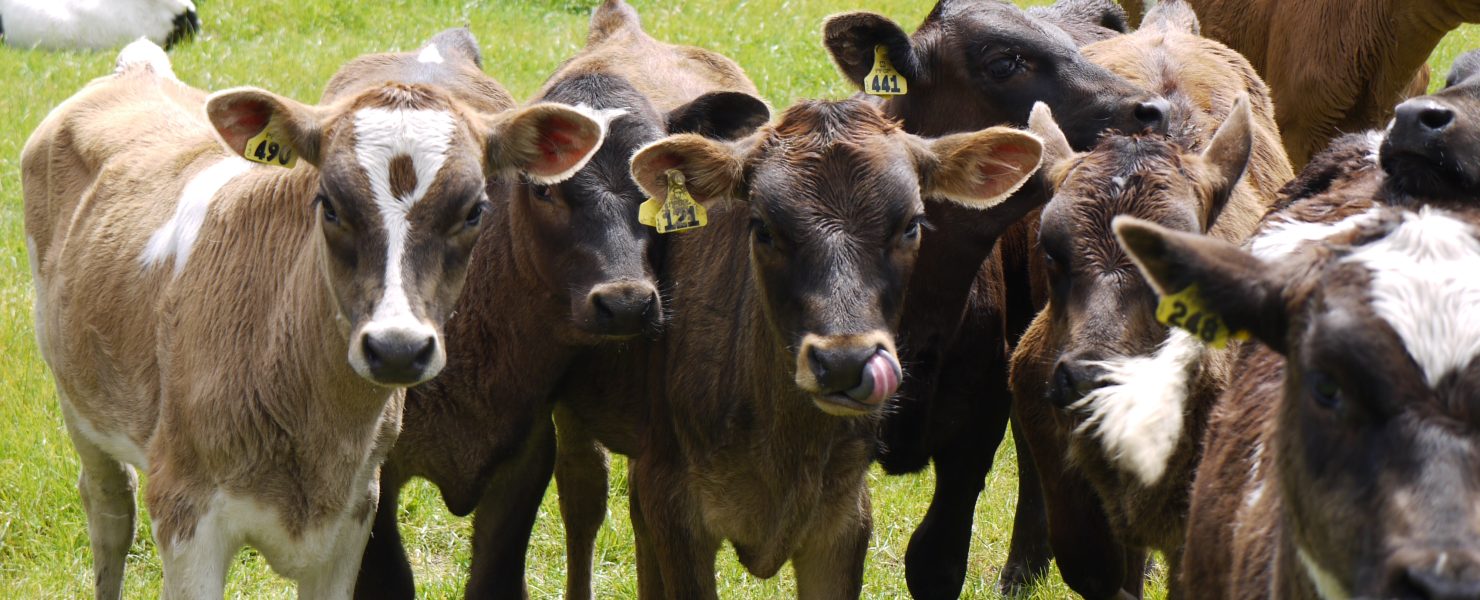Reports of triple drench resistance are becoming far more commonplace in dairy heifers across NZ. To prevent this on our farms we need to be looking towards more sustainable use of drench going forward.
A great starting point here is doing faecal egg count monitoring. Worm eggs in the faeces of cattle can give us an idea of the worm burden in the gut and help inform treatment decisions. At Vetlife, we utilise Parasight machines, a relatively new technology which automates the counting of eggs. It gives us rapid and accurate results which can be used alongside your animal’s history to make decisions on what is required next.
For example, finding a low faecal egg count in healthy cattle prior to drenching suggests we may be over worming if we treat at that point. Conversely, a high egg count 10-14 days post drench suggests you may be struggling with resistance and need to look at measures to mitigate this asap! We recommend checking how well your drench is working at least once per year.
As well as monitoring cattle regularly using faecal egg counts, there are other strategies that can reduce the use of drench and prevent the development of resistant worms.
- Targeted selective treatment – in principle, this is where we only treat a proportion of the herd that needs it. In practice, I advise many clients (where mob growth is satisfactory) to leave 10% of the heaviest calves un-drenched. Given many drench calves before they put them on the scales, I encourage farmers to do this by eye but to paint calves they leave untreated so the following month when they come back round it is a different 10% of individuals who are left undrenched. This results in susceptible worm eggs being shed into the environment to dilute the gene pool of resistant ones there.
- Pasture management – young calves need the ‘cream of the crop’ and should only be grazing very high residuals. This protects against worms in two ways. One, a well-fed calf will be much better placed to develop its own immunity to the worm. Two, they won’t pick up as many eggs as they are not being asked to eat the base of the pasture. Use older cattle to clean up as these will not only tidy the pasture but also ‘vacuum up’ the worms. Rotating pastures between cattle, sheep and crop will also help by disrupting the parasite lifecycle.
- Oral drenched – use oral drenches as long as possible as these are absorbed the best. Consider using a triple drench in calves over 100kg which simultaneously target the worms through multiple modes of action.
- Dosing – Do not forget the simple stuff, calves must be drenched accurately for their weight. If drenching a group, as a rule, use a dose suitable for the heaviest calf (although do be aware a triple dose will kill a calf).
- Quarantine – Ensure any new stock receive a quarantine drench (triple or quadruple) and hold on sacrifice paddock for 48 hours.
Finally, there are other worms/parasites we need to consider when creating our youngstock plans such as coccidia, fluke and lungworm, so please do discuss with your vet the best sustainable drench plan for you.
Wormwise for dairy is an awesome factsheet for anyone who wishes to do further reading.
